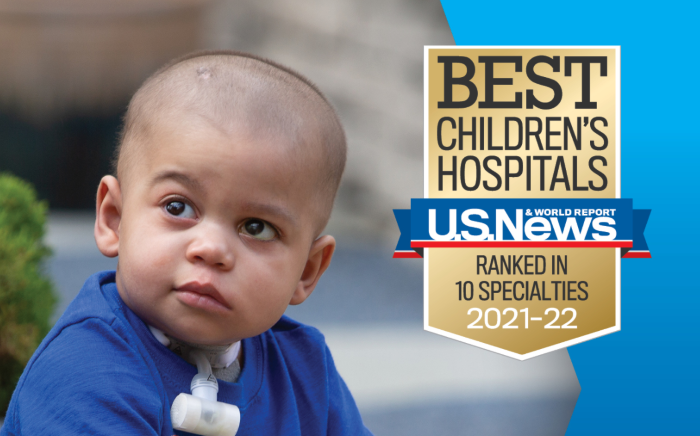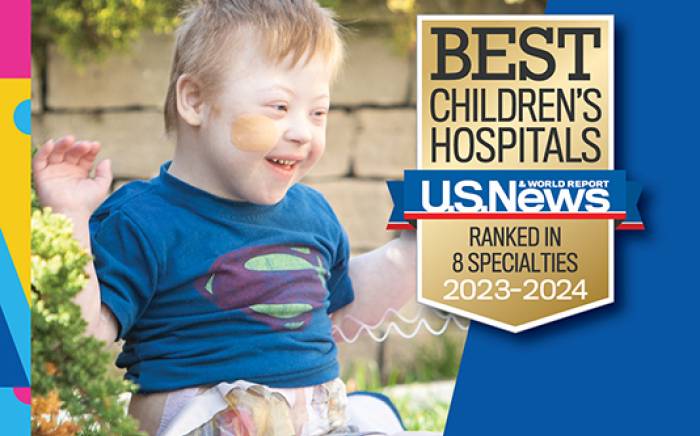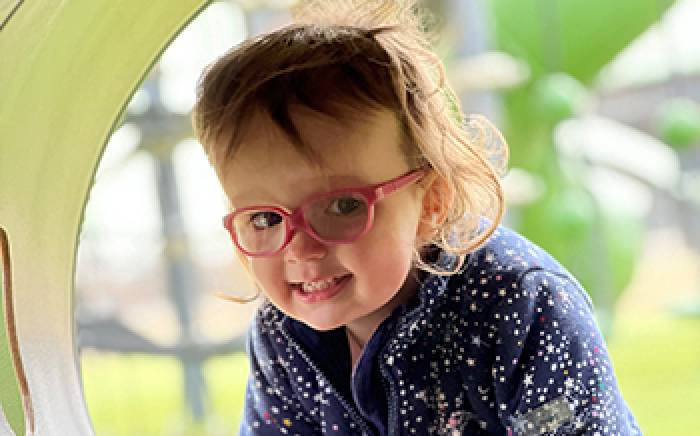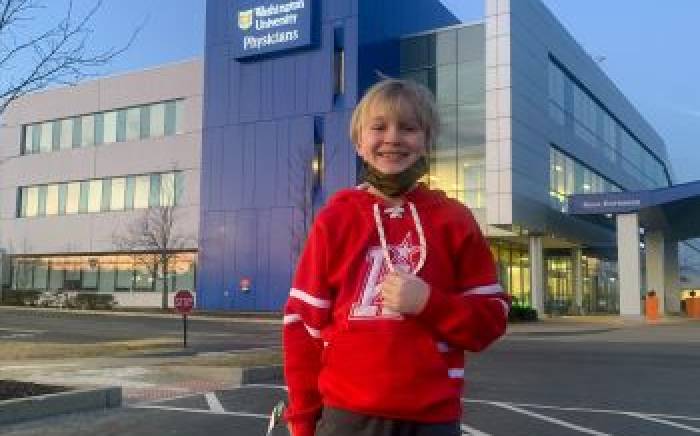by Pam McGrath
The division of pediatric neurology at St. Louis Children’s Hospital now offers Botox injections for adolescent patients whose migraine headaches have not responded to traditional treatments. Those treatments include migraine medications, lifestyle changes, biofeedback, relaxation techniques, and other forms of nerve blocks used for pain management.
 “Data shows that nearly 25 percent of the pediatric population, particularly during teenage years, have headaches severe enough to require treatment,” says Washington University physician Christina Gurnett, MD, PhD, division director. “Botox has been used to treat adults with chronic migraines for almost 10 years. Evidence shows it also is effective for patients under 18 who can tolerate the treatment process.”
“Data shows that nearly 25 percent of the pediatric population, particularly during teenage years, have headaches severe enough to require treatment,” says Washington University physician Christina Gurnett, MD, PhD, division director. “Botox has been used to treat adults with chronic migraines for almost 10 years. Evidence shows it also is effective for patients under 18 who can tolerate the treatment process.”
Since Botox involves 31 injections in the head, neck and shoulders, the patients who best tolerate the treatment are those in their teens. Washington University physician Keisuke Ueda, MD, a pediatric neurologist at Children’s Hospital, has undergone specialized training in providing Botox treatments for adolescent patients. “Patients for whom Botox is indicated are those who have exhausted other treatment methods, who have more than 15 days of headache per month, who have eight migraine days in a month, and who have headaches lasting four hours a day or longer,” says Dr. Ueda. “The procedure takes about 10 minutes. Patients see some benefit within a week, peak relief occurs after about a month, and then the drug’s effect wears off within two to three months.”
Side effects from Botox treatment usually are minor, such as pain at the injection site, bruising and transient weakness of the muscles involved. The treatments may be repeated indefinitely, but only in three-month intervals.
“We are very particular about the interval between treatments because if repeated after only one or two months, patients develop antibodies to Botox, which negates the benefits,” says Dr. Ueda.
According to Drs. Gurnett and Ueda, teens can help  themselves prevent migraines by learning and avoiding the personal triggers that can lead to severe headaches and leading a healthy lifestyle. Eating well and regularly, avoiding sugar and caffeine, getting enough sleep, and developing coping strategies for stress and anxiety can all help to control the occurrence of migraines.
themselves prevent migraines by learning and avoiding the personal triggers that can lead to severe headaches and leading a healthy lifestyle. Eating well and regularly, avoiding sugar and caffeine, getting enough sleep, and developing coping strategies for stress and anxiety can all help to control the occurrence of migraines.
For more information about the division of pediatric neurology’s Botox treatment clinic, call Children’s Direct at 800.678. HELP (4357).









